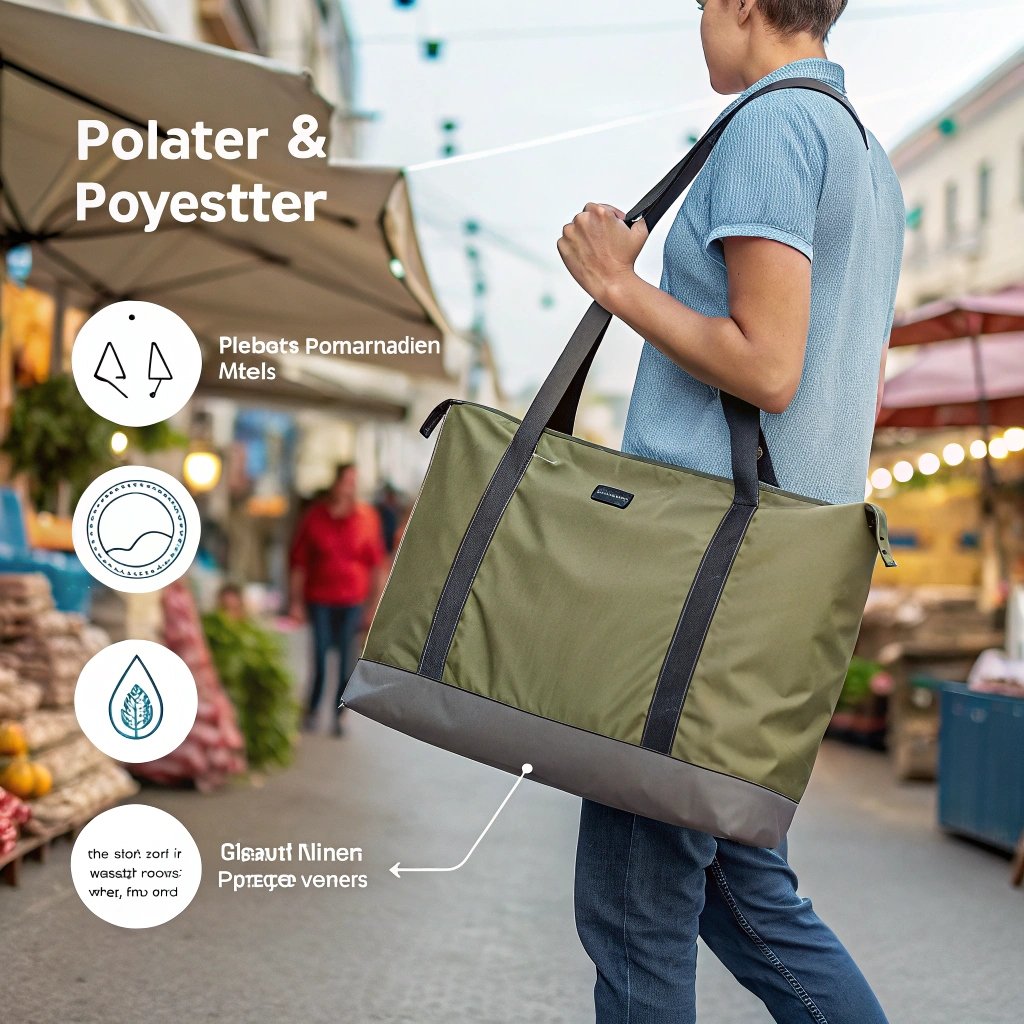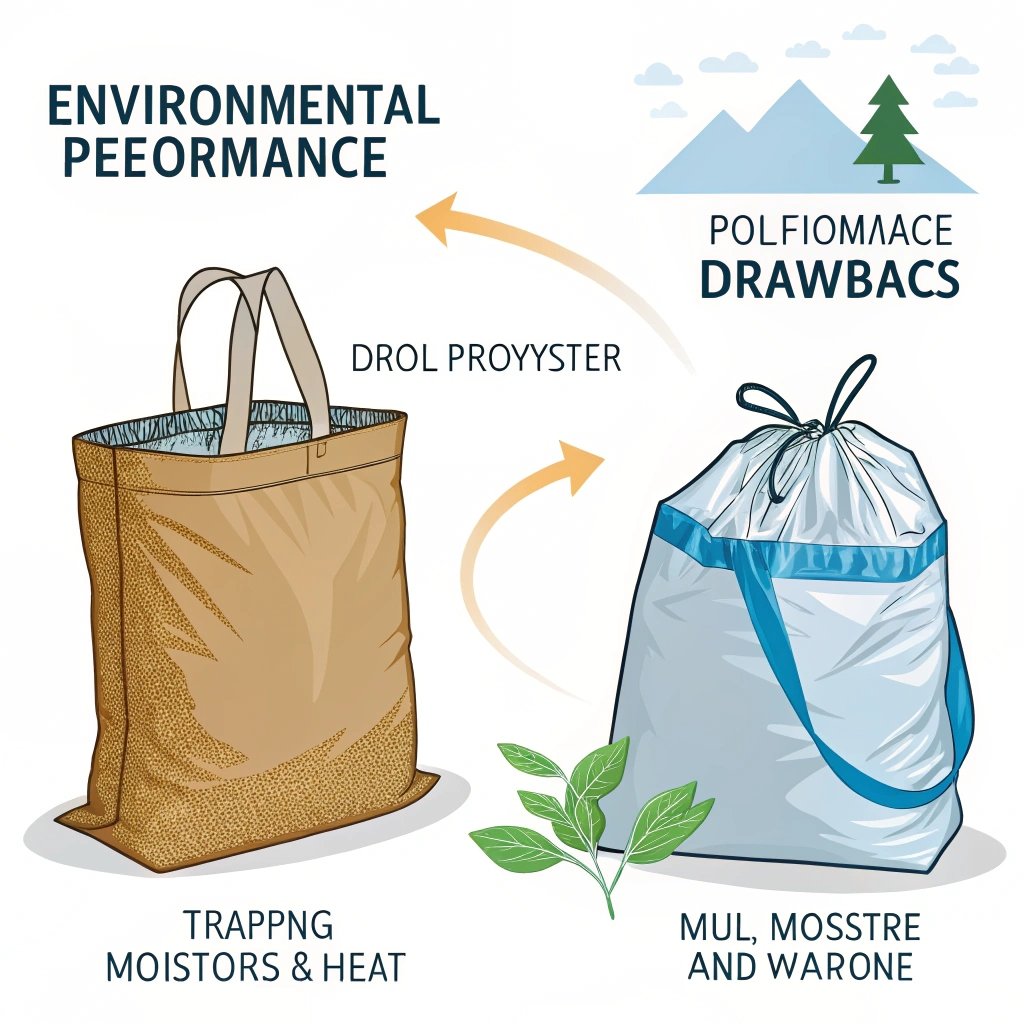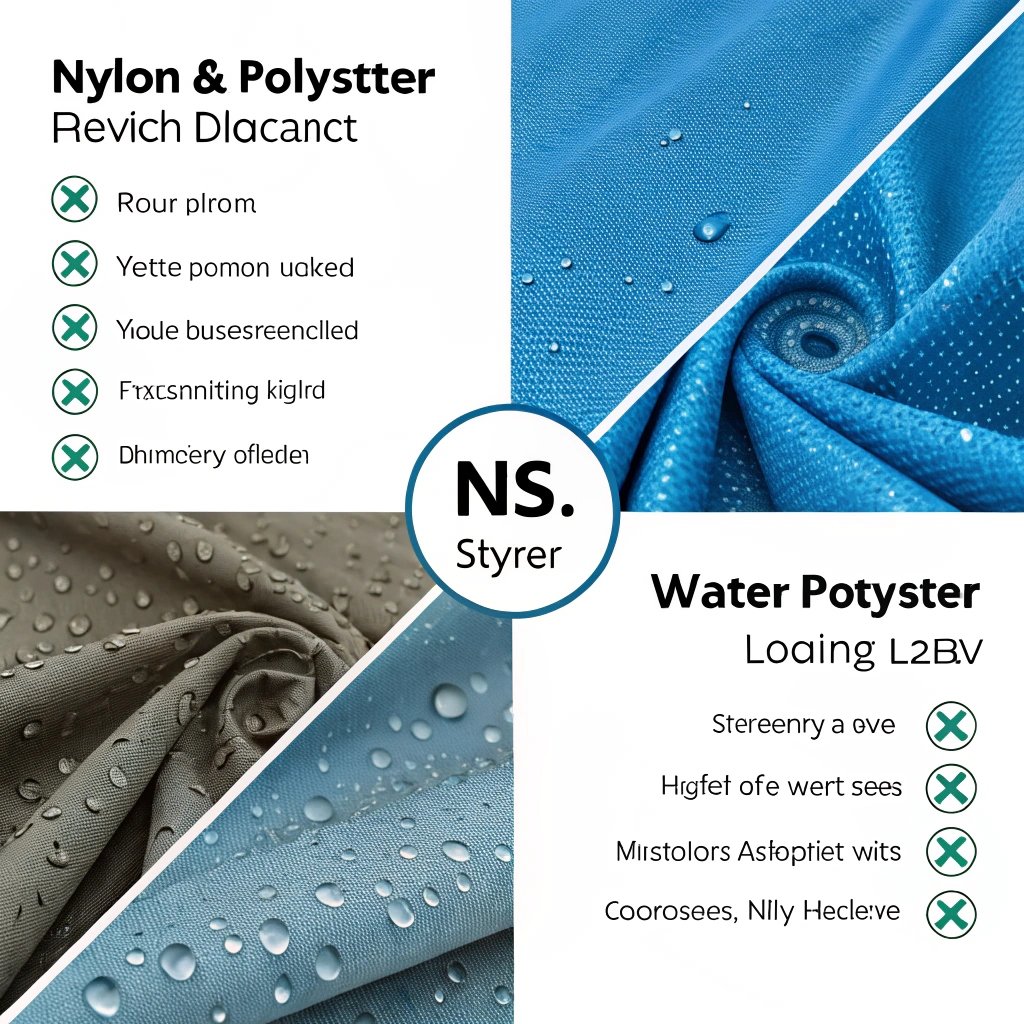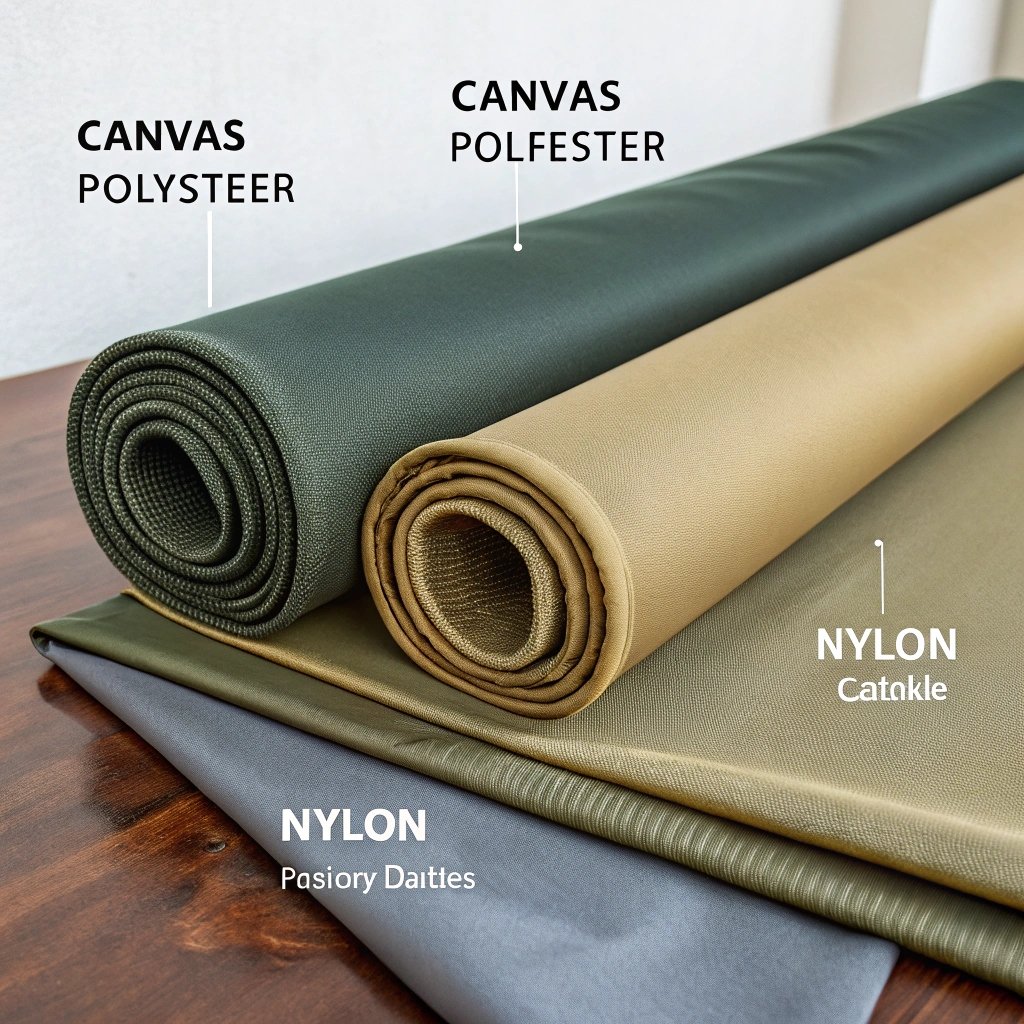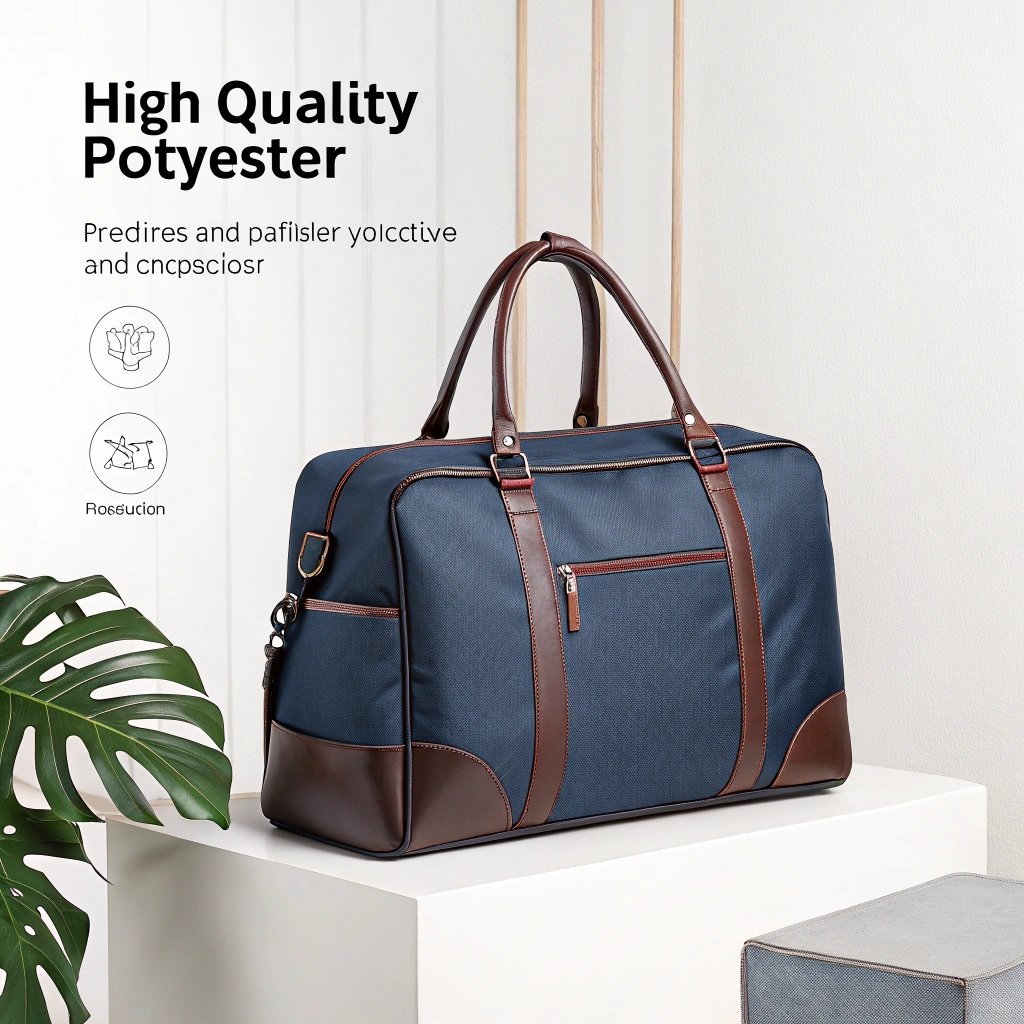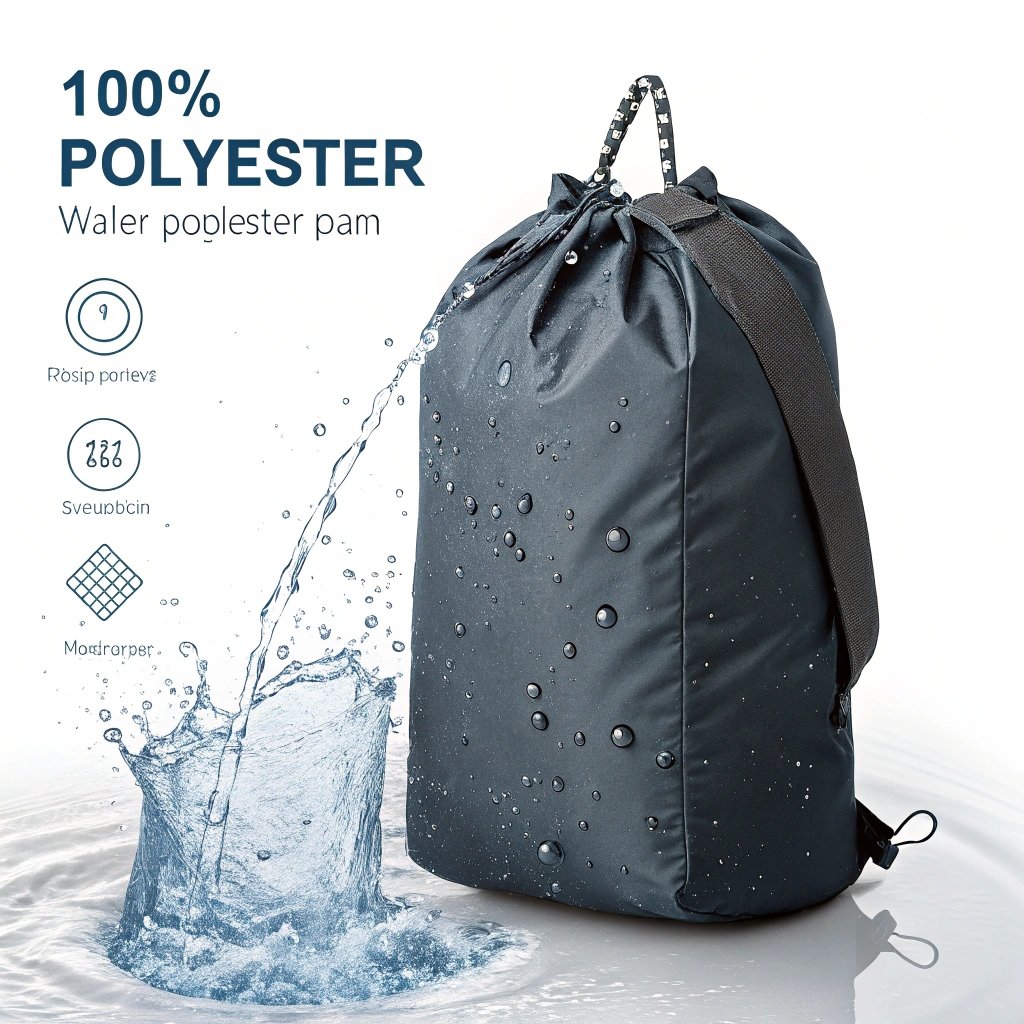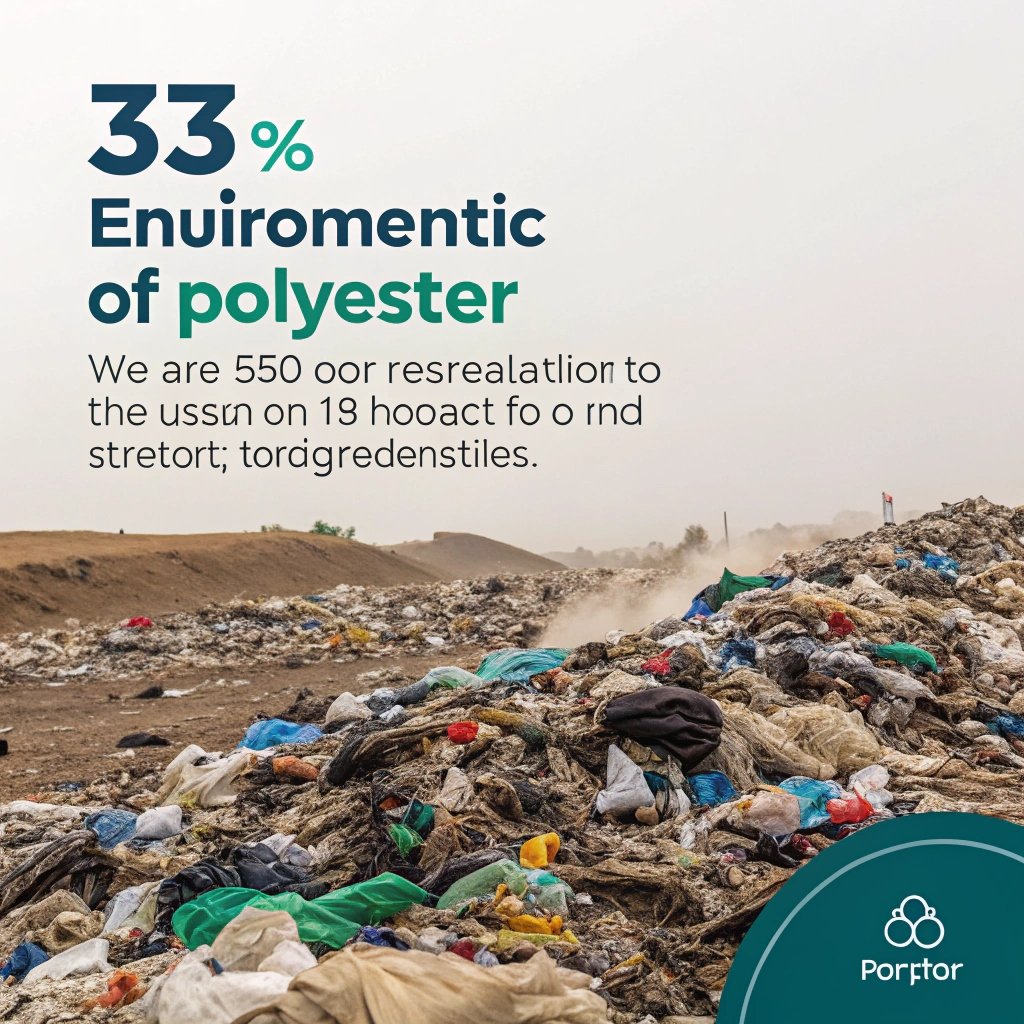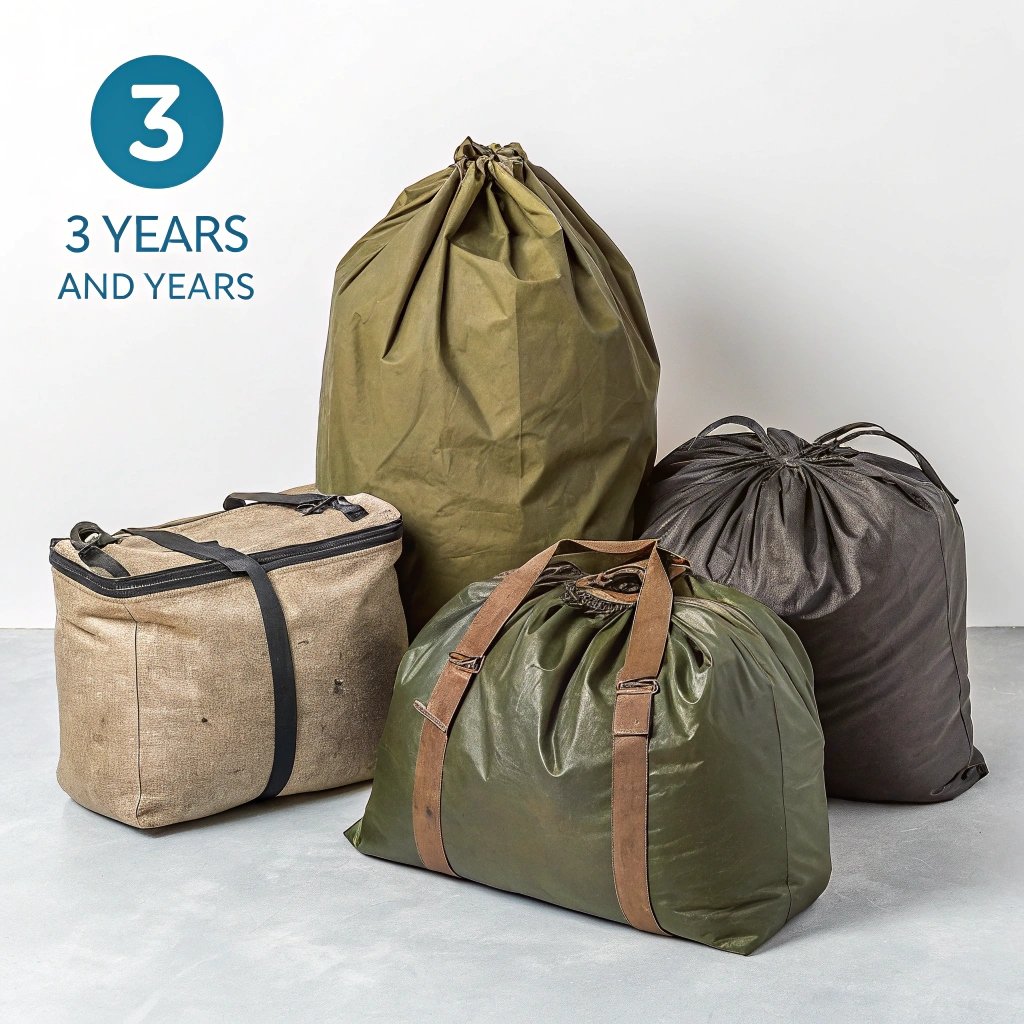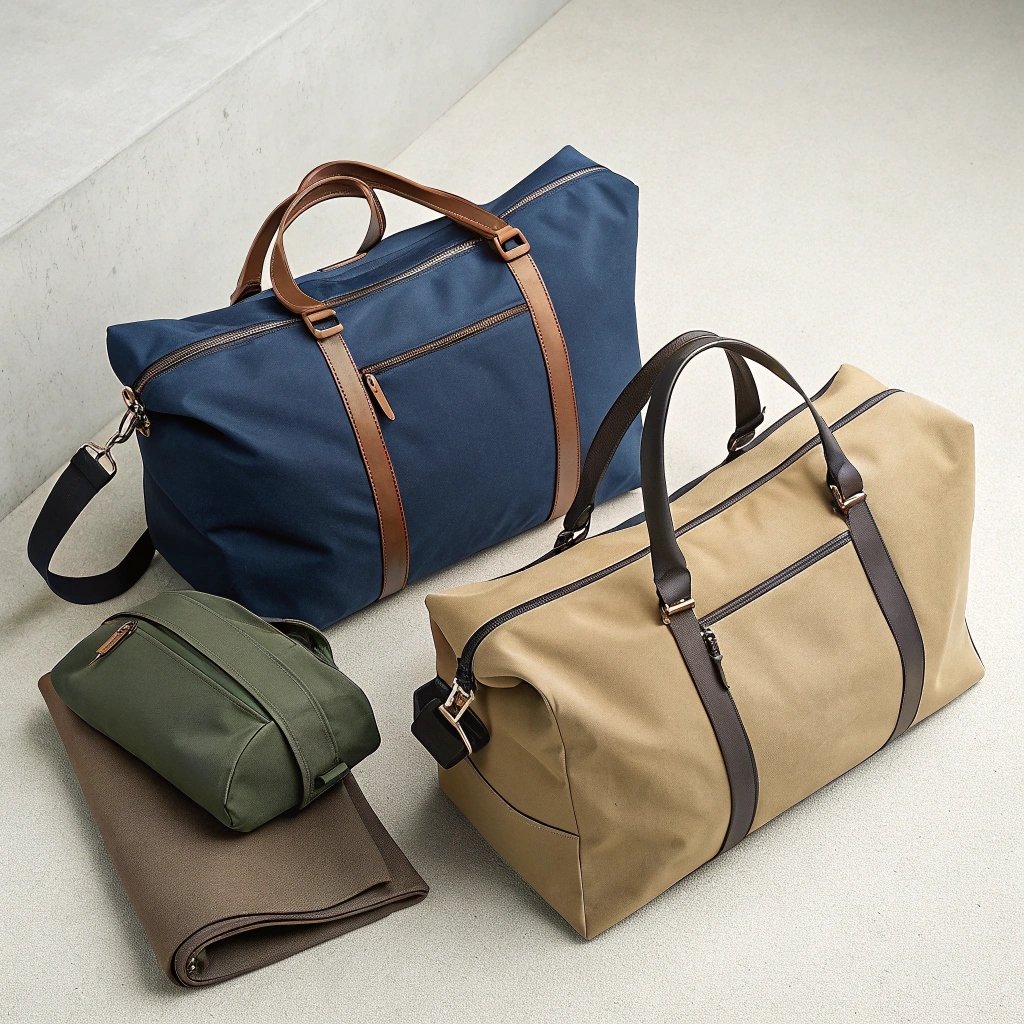Polyester is one of the most common materials used for bags today. But is it really a good option? Let’s explore the benefits and drawbacks of polyester for bags.
Polyester is a popular material for bags due to its durability, affordability, and low maintenance. It's great for casual bags, gym bags, backpacks, and more.
Learn more about the advantages of polyester for bags1
Let’s break down why polyester could be a great choice for your next bag, and whether it fits your needs.
Is polyester a good material for a bag?
Polyester is often used in the production of bags, but is it suitable for every type of bag?
Polyester is an excellent material for many bags because it is durable, lightweight, and water-resistant. However, it may not be ideal for luxury bags where premium materials like leather are preferred.
Explore the benefits of polyester for various bags2
Key benefits of polyester bags:
- Durable: Polyester is resistant to wear and tear.
- Lightweight: It’s not heavy, making it easy to carry.
- Water-resistant: It offers protection from light rain or splashes.
| Feature | Benefit |
|---|---|
| Durability | Resistant to abrasion and stretching |
| Lightweight | Comfortable to carry all day |
| Water-resistant | Keeps items dry during light rain |
Polyester bags are practical, durable, and versatile, making them great for everyday use.
What are the disadvantages of polyester bags?
While polyester has many benefits, there are also some disadvantages to consider.
Polyester bags can have environmental and performance drawbacks. They are non-biodegradable and can trap moisture and heat. Additionally, cheaper polyester may wear out quickly or feel less premium.
Learn about the environmental impact of polyester3
Disadvantages of polyester bags:
- Environmental impact: Polyester is made from petroleum and is not biodegradable.
- Breathability: Polyester is not as breathable as natural fibers, leading to trapped moisture or odor.
- Appearance: Lower-quality polyester bags can look cheap and flimsy.
| Disadvantage | Reason |
|---|---|
| Environmental harm | Non-biodegradable |
| Poor breathability | Traps heat and moisture |
| Appearance | Can look cheap and synthetic |
Considering these factors, it’s important to balance cost and quality when choosing polyester bags.
Which bag is better, nylon or polyester?
Both nylon and polyester are popular materials for bags, but which one is better?
Nylon tends to be more flexible and water-resistant than polyester, while polyester is stronger and holds up better over time. It ultimately depends on your needs.
Compare nylon and polyester bags4
Comparing nylon and polyester:
- Nylon: Offers better flexibility, water-resistance, and is often lighter.
- Polyester: More durable, less flexible, and holds shape better.
| Feature | Nylon | Polyester |
|---|---|---|
| Flexibility | Highly flexible, soft | Less flexible, sturdier |
| Water resistance | Excellent for light moisture | Good for light rain |
| Durability | May wear out faster | Very durable over time |
If you need a lightweight, flexible bag for water-resistant purposes, nylon may be the better option. However, for long-lasting durability, polyester is often the better choice.
What type of fabric is best for bags?
Choosing the right fabric for a bag depends on the purpose and the level of durability you need. So, which fabric is best?
Canvas, polyester, and nylon are the most common fabrics for bags, each offering specific advantages.
Discover the best fabrics for bags5
Best fabrics for bags:
- Canvas: Heavy-duty, durable, great for tote bags and backpacks.
- Polyester: Lightweight, durable, and water-resistant, suitable for a variety of bags.
- Nylon: Lightweight, flexible, and water-resistant, ideal for travel bags and sports bags.
| Fabric Type | Best For | Benefits |
|---|---|---|
| Canvas | Heavy-duty bags, totes | Strong and durable |
| Polyester | Everyday bags, gym bags | Lightweight, water-resistant |
| Nylon | Travel and sports bags | Flexible, highly water-resistant |
The best fabric depends on the purpose of the bag and how much wear and tear you expect.
Is polyester cheap quality?
Many people associate polyester with cheapness, but is that always the case?
Polyester can be both cheap and high-quality depending on the fabric's grade and the bag's construction. High-quality polyester bags can look stylish and perform well.
Learn more about high-quality polyester6
Polyester quality variations:
- Low-quality polyester: Thin, flimsy, and may wear out quickly.
- High-quality polyester: Thick, sturdy, and durable, suitable for a premium look and feel.
| Quality | Characteristics |
|---|---|
| Low-quality | Thin, lightweight, can look cheap |
| High-quality | Durable, long-lasting, premium feel |
When shopping for polyester bags, it’s essential to check for high-quality construction to ensure it doesn’t look cheap.
Is 100% polyester bag waterproof?
Polyester is often praised for being water-resistant, but is it fully waterproof?
A 100% polyester bag is not entirely waterproof, but it is water-resistant. It will protect against light rain or splashes, but may not hold up in heavy downpours.
Understand waterproofing in polyester bags7
Water resistance vs. waterproof
- Water-resistant polyester: Protects against light moisture.
- Waterproof bags: Require additional coatings or treatments to prevent water penetration.
| Material | Water resistance | Waterproof |
|---|---|---|
| Polyester | Good for light rain | Not waterproof |
| Waterproof bags | Excellent protection | Fully waterproof |
For full waterproofing, bags made with additional water-repellent coatings or laminates are better.
What is the biggest disadvantage of polyester?
Polyester has a lot of benefits, but what is its biggest disadvantage?
The biggest disadvantage of polyester is its environmental impact. It’s made from petroleum-based products and is not biodegradable, leading to long-term waste.
Learn about the environmental concerns of polyester8
Environmental impact:
- Non-biodegradable: Polyester bags can take hundreds of years to break down.
- Plastic-based: It contributes to pollution and waste in landfills.
| Disadvantage | Impact |
|---|---|
| Environmental harm | Non-biodegradable, contributes to plastic waste |
| Pollution | Adds to the growing pollution problem |
For more sustainable options, consider using eco-friendly fabrics like organic cotton or recycled polyester.
How long does a polyester bag last?
The lifespan of a polyester bag depends on its usage and quality. So, how long can you expect it to last?
Polyester bags typically last 3-5 years with proper care, but higher-quality bags can last much longer.
Discover how to extend the lifespan of polyester bags9
Factors that influence longevity:
- Frequency of use: The more often the bag is used, the faster it may wear out.
- Quality: Higher-quality polyester bags last longer.
- Care: Proper cleaning and storage can extend the lifespan.
| Usage Frequency | Expected Lifespan |
|---|---|
| Heavy use | 2-3 years |
| Occasional use | 5+ years |
Regular maintenance and proper care can help your polyester bag last longer.
What is the most durable material for handbags?
When it comes to durability, which material is the most reliable for handbags?
Leather, canvas, and high-quality polyester are considered some of the most durable materials for handbags, with leather offering the longest lifespan.
Learn about durable materials for handbags10
Comparing durability:
- Leather: Very durable, improves with age, and is resistant to wear.
- Canvas: Strong, ideal for casual or everyday bags.
- Polyester: Durable and resistant to abrasion but may show signs of wear over time.
| Material | Durability | Lifetime |
|---|---|---|
| Leather | Very durable, ages well | 10+ years |
| Canvas | Strong, sturdy | 5-7 years |
| Polyester | Durable but wears over time | 3-5 years |
For a long-lasting investment, leather is often the best choice.
What does a polyester bag feel like?
Polyester bags have a distinct feel, but how would you describe them?
Polyester bags typically feel smooth and somewhat stiff, with a synthetic texture that is different from natural fabrics like cotton or canvas.
Explore the feel of polyester bags11
Feel of polyester:
- Smooth: The texture is sleek, often shiny or matte, depending on the finish.
- Stiff or flexible: Polyester can feel stiff initially but softens over time.
- Synthetic: Lacks the natural feel of cotton or leather.
| Feature | Feel |
|---|---|
| Smooth | Soft, sleek surface |
| Stiff | Initially rigid |
| Synthetic | Less breathable than natural fibers |
The feel of polyester bags depends on the weave and the quality of the material, but they are generally lightweight and functional.
Conclusion
Polyester is a versatile, durable, and affordable material for a variety of bags. While it has some drawbacks, such as environmental impact and breathability, its benefits—such as water resistance and long-lasting durability—make it an excellent choice for everyday bags. Understanding the pros and cons of polyester can help you make the best decision when choosing your next bag.
-
Learn more about the advantages of using polyester for bags, including its water resistance and durability. (https://www.jutebag.co.uk/is-polyester-eco-friendly/) ↩
-
Discover why polyester is an ideal option for everyday bags. (https://www.jutebag.co.uk/is-polyester-eco-friendly/) ↩
-
Explore the environmental impacts of polyester and its potential drawbacks. (https://www.kleiderly.com/our-blog/why-is-polyester-bad-for-the-environment) ↩
-
Compare the benefits of nylon and polyester when choosing your ideal bag. (https://www.greenchoices.org/green-living/clothes/environmental-impacts) ↩
-
Find out which fabric is best for different types of bags and their benefits. (https://www.onlinefabricstore.com/makersmill/what-fabrics-are-good-for-tote-bags/) ↩
-
Understand how polyester quality impacts its durability and appearance. (https://www.fiber-yarn.com/info/how-to-choose-high-quality-polyester-fabric-99634806.html) ↩
-
Learn why polyester is water-resistant and when it’s best for light moisture protection. (https://ukfabricsonline.com/blog/is-polyester-waterproof/) ↩
-
Discover the environmental concerns of using polyester and other sustainable options. (https://cfda.com/resources/materials/detail/polyester) ↩
-
Get tips for extending the lifespan of polyester bags with proper care. (https://www.mah-official.com/blogs/blogs/why-you-need-a-mah-polyester-bag) ↩
-
Learn about the most durable materials for handbags, including leather and polyester. (https://www.tradeuno.com/blogs/news/top-10-durable-fabrics-for-handbags-that-stand-the-test-of-time) ↩
-
Understand the feel of polyester bags and how their texture compares to natural materials. (https://www.quora.com/How-can-I-feel-cotton-vs-polyester) ↩

